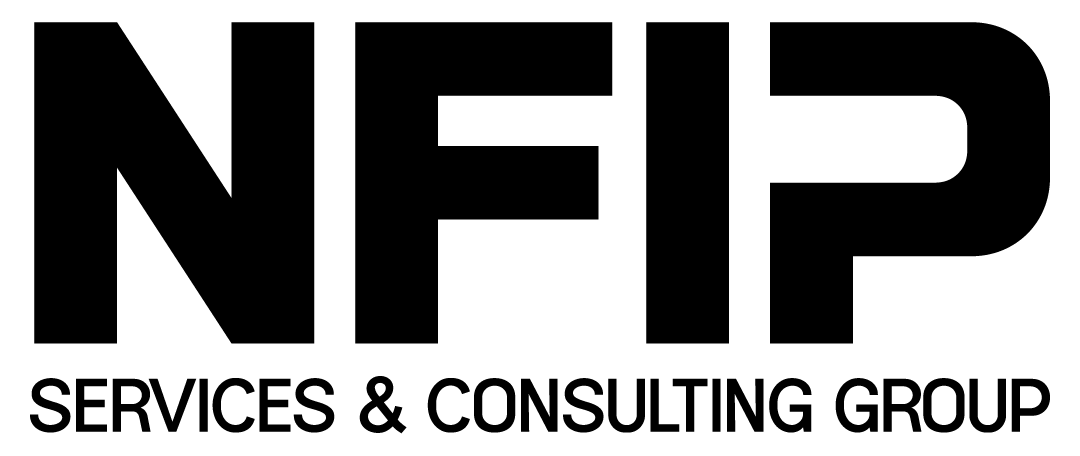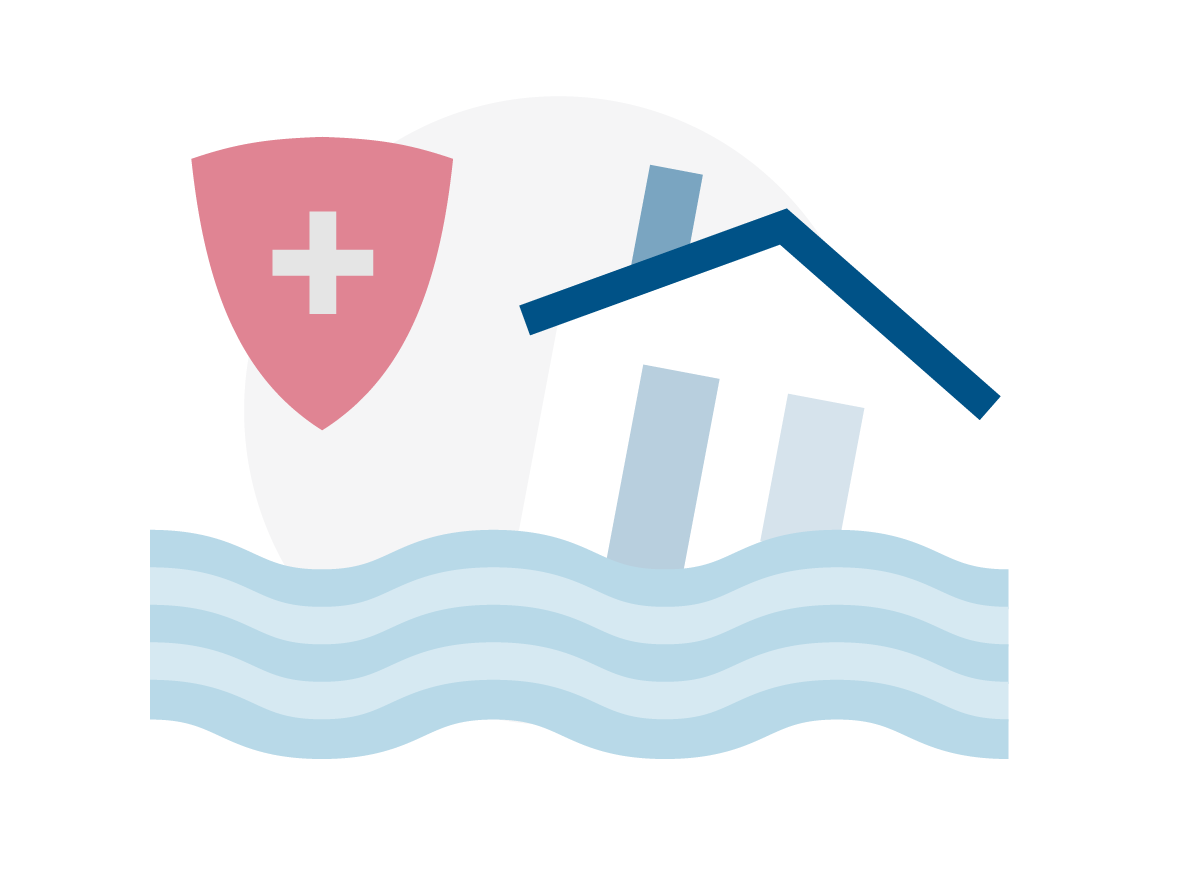
Understanding Flood Risk & Policy
Flooding is the most common and costly natural disaster in the United States. Unfortunately, standard homeowner’s insurance does not cover flood damage. To recover financially from even a few inches of water, you need a separate flood insurance policy. The National Flood Insurance Program (NFIP), managed by FEMA, provides that essential coverage. Understanding your personal risk is the first step toward securing your home and your financial future.

Why is Flood Insurance Essential?
The risk of flooding is everywhere, not just near the coast or rivers. Almost one-third of all NFIP flood insurance claims come from areas considered low-to-moderate risk. Over the life of a 30-year mortgage, a home in a high-risk area has at least a 26% chance of being flooded. Without a policy, recovery after a flood event must be funded entirely out of pocket, through savings, or as a loan—not a grant—from federal disaster assistance.
Key Takeaways
- Home Insurance Exclusion: Your homeowner's policy covers wind, fire, and theft, but explicitly excludes damage from natural flooding.
- Mandatory Purchase: If you have a government-backed mortgage and your property is in a high-risk flood area (Zone A or V), flood insurance is required by law.
- The 30-Day Wait: There is typically a 30-day waiting period for a new NFIP flood insurance policy to go into effect, so you must plan ahead.
Determining Your Risk: What the Flood Zones Mean
Introduction
The cost and requirement for flood insurance are primarily determined by your property’s flood zone designation, as mapped by FEMA's Flood Insurance Rate Maps (FIRMs). Understanding your flood zone helps you make informed decisions about purchasing a policy and undertaking mitigation efforts.
How to Interpret the Flood Zones
FEMA defines geographical areas based on varying levels of flood risk. Your mortgage lender and insurance agent use these zones to determine your premium and whether you are mandated to carry coverage.
- High-Risk Areas (Zone A, AE, V, VE):
- These areas have a 1% or greater annual chance of flooding (the "100-year flood").
- Flood insurance is mandatory for federally backed mortgages.
- Zone V/VE denotes an additional hazard from storm waves, typically found along coasts.
- Moderate-to-Low Risk Areas (Zone B, C, X):
- These areas are outside the high-risk zone and have a lower annual chance of flooding.
- While insurance is not mandatory, it is highly recommended. Almost one-third of all claims originate in these zones.
- Homeowners in these zones are often eligible for lower-cost Preferred Risk Policies (PRPs).
Action Item: Find Your Map
To know your exact risk, you can look up your address on the official FEMA Flood Map Service Center. This provides the most accurate, up-to-date designation for your property.
Coverage Details: What Your NFIP Policy Covers
Introduction
An NFIP policy is a single-peril policy, meaning it only pays for direct physical damage from a flood. To ensure you are fully protected, you must understand the two types of coverage offered and the common items that are excluded.
Building Coverage (Up to $250,000)
This coverage protects the physical structure of your home, including:
- The insured building and its foundation.
- Electrical and plumbing systems, central air, furnaces, and water heaters.
- Permanently installed paneling, wallboard, built-in cabinets, and carpeting over an unfinished floor.
- Detached garages (limited to 10% of the building coverage limit).
Contents Coverage (Up to $100,000)
This coverage protects your personal belongings and must be purchased separately from Building Coverage. It includes:
- Clothing, furniture, and electronic equipment.
- Curtains and window air conditioners.
- Washers and dryers.
What Is NOT Covered?
A flood policy will not pay for:
- Damage caused by moisture, mildew, or mold that could have been prevented by the homeowner.
- Property and belongings outside of the insured building (e.g., landscaping, septic systems, decks, fences).
- Currency, precious metals, or valuable papers.
- Additional living expenses (e.g., temporary housing while your home is being repaired).
Policy Pricing: The Risk Rating 2.0 Approach
Introduction
The NFIP has transitioned to Risk Rating 2.0, a new methodology that determines your premium based on the unique characteristics of your home, providing a clearer indication of your individual risk. Your rate is no longer based solely on your flood zone.
How Your Rate Is Calculated
Your current flood map designation is still important, but your final premium is now calculated using multiple factors:
- Distance to a Water Source: Proximity to a river, coast, or other body of water.
- Building Characteristics: Foundation type (slab, crawlspace, basement) and construction materials.
- Elevation: The cost to rebuild your home.
- Flood Frequency: The likelihood and intensity of flooding in your specific area.
Final Step: Get Protected
The only way to know your final, personalized premium under Risk Rating 2.0 is to speak directly with a qualified insurance professional.
Ready to find out your true rate and secure your assets?
Empower Your Flood Insurance Operations with Smarter Data
Discover a platform designed to simplify data management, streamline your workflow, and achieve your business goals with confidence.
